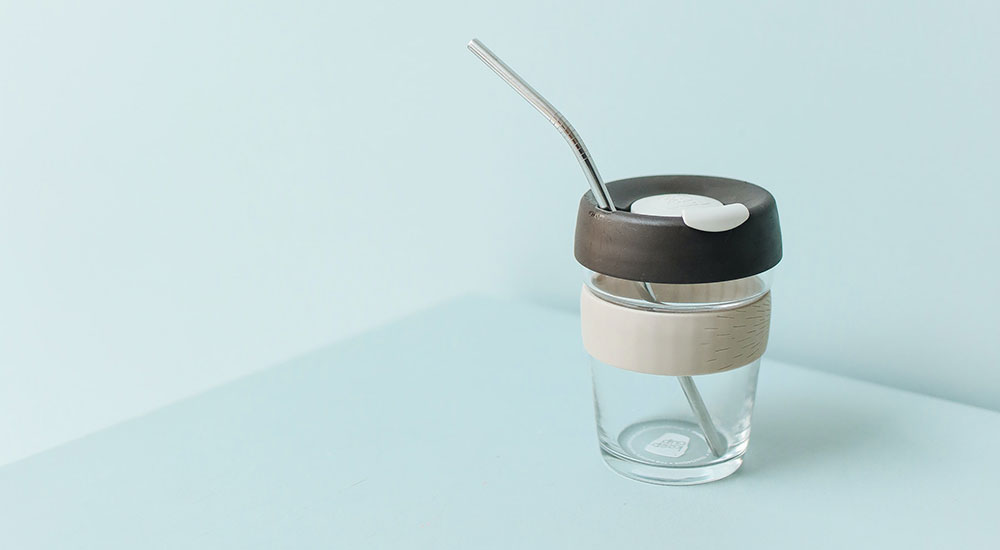Why is Sustainability Important in Product Design
Sustainability is crucial in product design for several reasons:
Environmental Impact:
The products we design and manufacture can have significant impacts on the environment, from raw material extraction to production, transportation, and disposal. Sustainable product design aims to minimize negative environmental effects, such as resource depletion, pollution, and greenhouse gas emissions.
Resource Conservation:
Sustainable product design encourages the efficient use of resources, including raw materials, energy, and water. By optimizing resource use, products can be designed to be more durable, energy-efficient, and less wasteful.
Waste Reduction:
Unsustainable products often generate a significant amount of waste, contributing to landfill overflow and environmental degradation. Sustainable design principles aim to minimize waste through concepts like circular economy models and recycling-friendly designs.
Long-Term Viability:
Sustainable products are designed with durability and longevity in mind. By creating products that last longer, there is less need for frequent replacements, leading to a reduced demand for resources and energy over time.

Consumer Demand:
As consumers become more environmentally conscious, they increasingly seek products that align with their values. Sustainable product design can attract more customers and help businesses meet the growing demand for eco-friendly solutions.
Regulatory Compliance:
Many countries and regions have introduced environmental regulations and standards that impose restrictions on product design and manufacturing processes. Adhering to sustainability principles ensures compliance with these regulations and helps avoid legal issues and penalties.
Brand Reputation and Image:
Companies that prioritize sustainability in their product design can enhance their brand reputation and image. Demonstrating a commitment to environmental responsibility can foster loyalty among environmentally conscious consumers and differentiate a brand in the market.
Cost Savings:
Sustainable product design can lead to cost savings in the long run. By optimizing resource use and reducing waste, businesses can lower production and operational costs, making their products more economically viable.
Innovation and Creativity:
Embracing sustainability in product design often requires innovative thinking and creative solutions. It can stimulate research and development efforts to find new, more sustainable materials and manufacturing processes.
Ethical Considerations:
Sustainability encompasses not only environmental aspects but also social and ethical dimensions. Sustainable product design takes into account fair labor practices, human rights, and the well-being of communities impacted by the product’s lifecycle.
Overall, integrating sustainability into product design is essential for creating a more sustainable and responsible economy, addressing environmental challenges, and ensuring a better future for both businesses and society as a whole.

Recent Comments